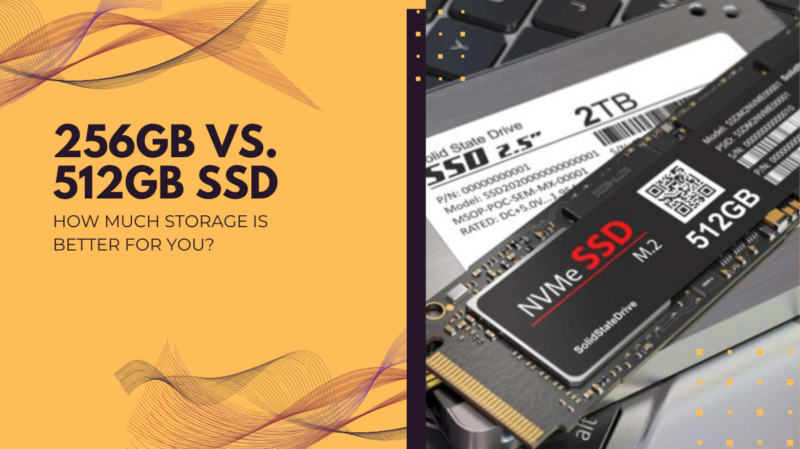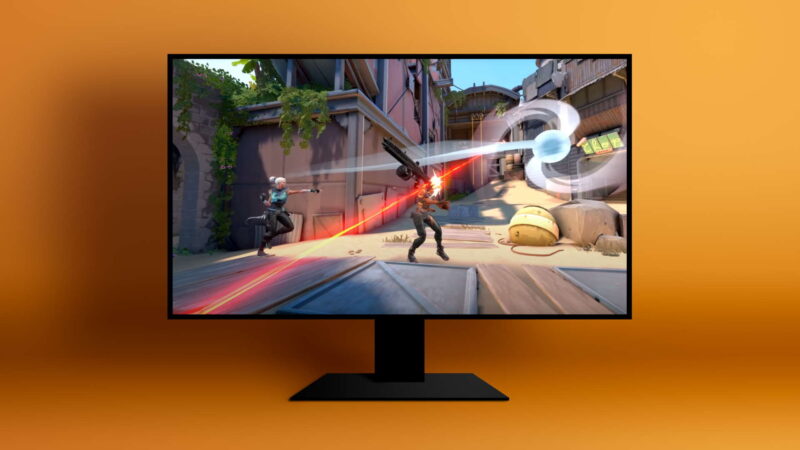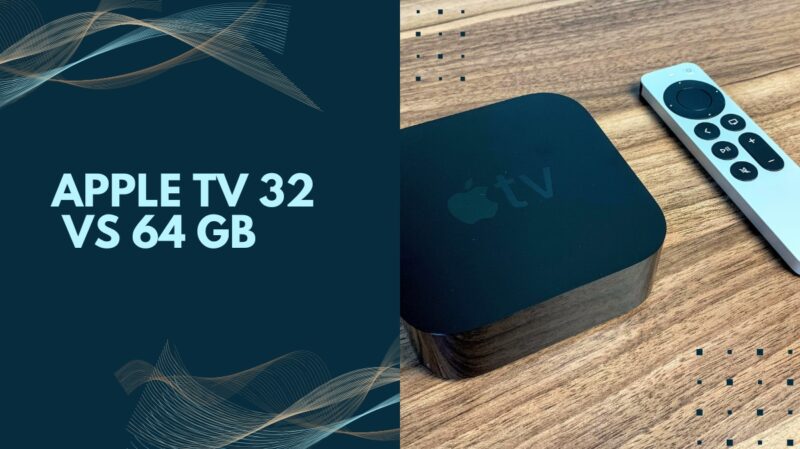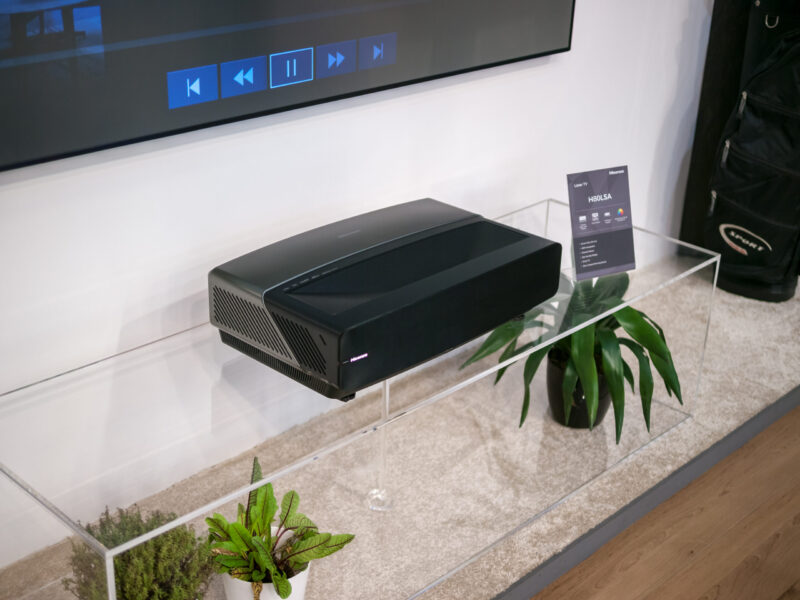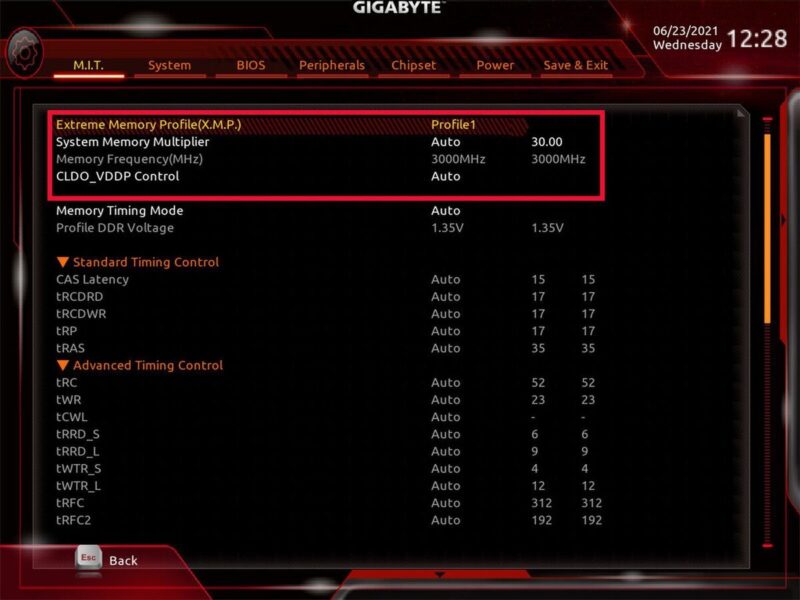Today, we’re discussing a tech topic that’s been stirring up quite a bit of debate. It’s a showdown between two storage heavyweights: the 256GB and the 512GB models. Now, you might be thinking, “What’s the big deal? More storage is always better, right?” Well, my friends, it’s not always that straightforward.
Both these SSDs have their own unique strengths and weaknesses, and the right choice for you depends on a variety of factors. We will discuss the details regarding storage capacity, speed, cost-effectiveness, and more. There’s a lot to cover, so let’s begin.
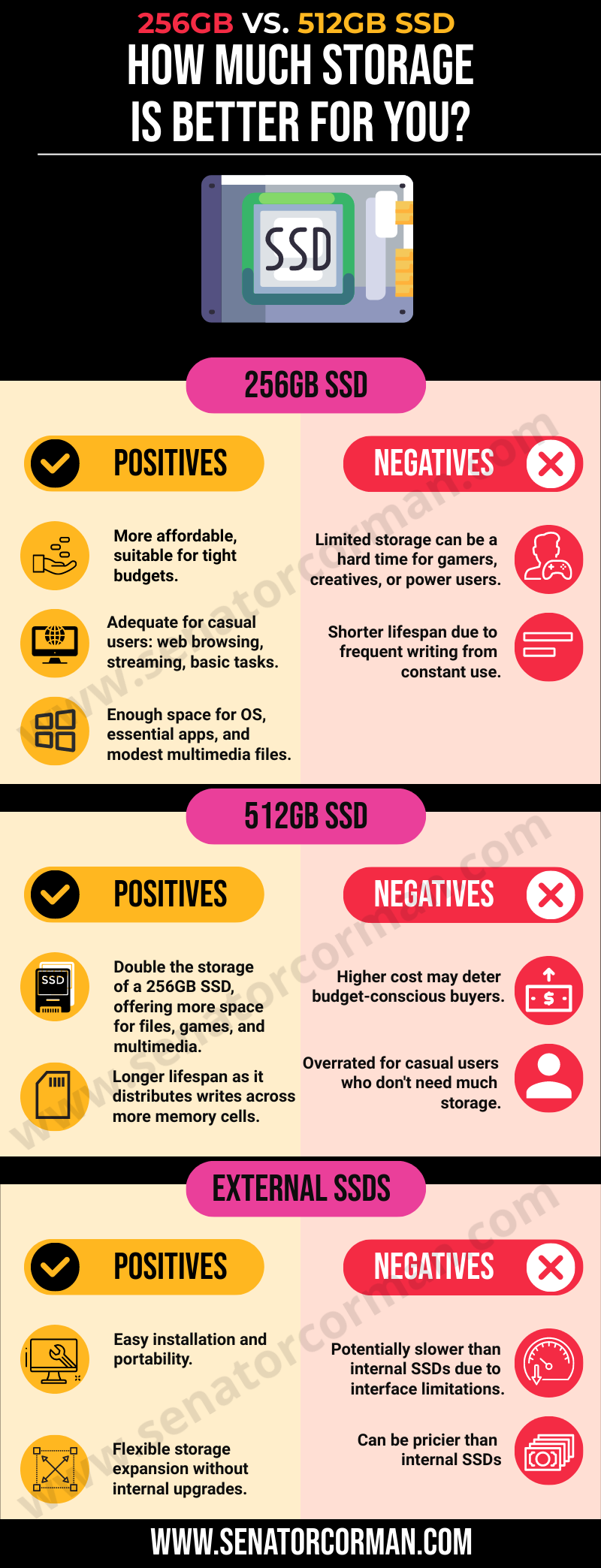
256GB SSD: Pros and Cons
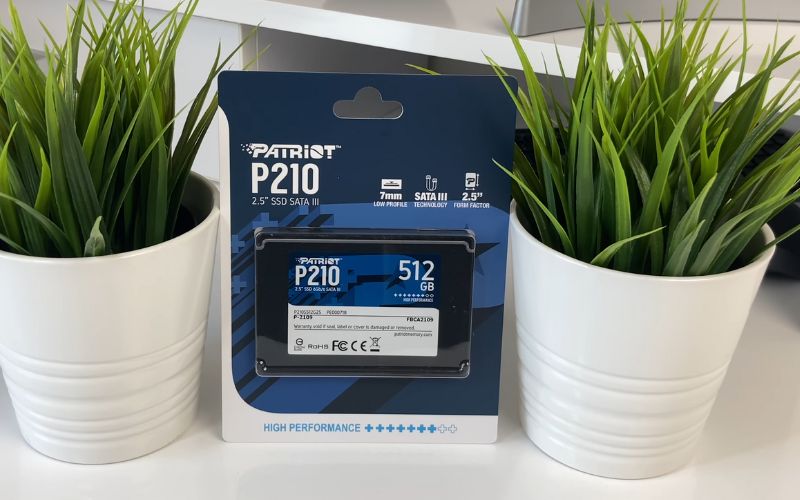
- Affordability: A 256GB SSD is generally more affordable than a 512GB one, making it an attractive option for those on a tight budget.
- Sufficient for Casual Users: If you primarily use your device for web browsing, streaming, and basic productivity tasks, a 256GB SSD may be sufficient for your storage needs. It can comfortably accommodate the OS, essential applications, and a modest collection of multimedia files.
- Limited Storage: For users with more extensive storage requirements, a 256GB SSD can quickly become cramped. If you’re a gamer, creative professional, or power user who frequently works with large files, you may find yourself running out of space.
- Limited Lifespan: SSDs have a finite number of program/erase (P/E) cycles, meaning they can only be written to a certain number of times before they wear out. With a smaller storage capacity, a 256GB SSD may have a shorter lifespan due to more frequent writes, especially if you’re constantly installing and uninstalling applications, games, or other large files.
512GB SSD: Pros and Cons
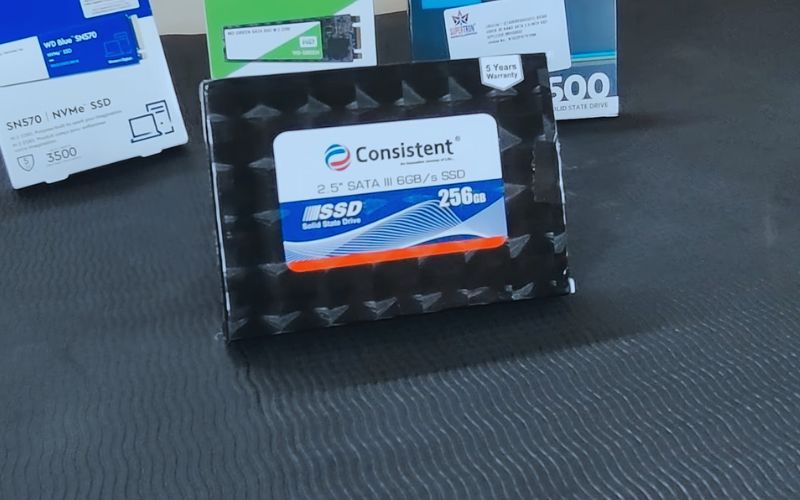
- Greater Storage Capacity: A 512GB Solid State Drive offers twice the storage space of a 256GB option, providing ample room for your OS, applications, games, and multimedia files.
- More Future-Proof: With a larger storage capacity, a 512GB SSD is better suited to accommodate your evolving storage needs. It can help ensure you have enough space for new applications, games, and files as your interests change over time.
- Longer Lifespan: A 512GB SSD typically has a longer lifespan than a 256GB SSD, as it provides more space to distribute writes, reducing the wear on individual memory cells.
- Higher Cost: A 512GB SSD is generally more expensive than a 256GB variation, which may be a drawback for budget-conscious buyers.
- Potentially Unnecessary: For casual users who don’t require much storage, a 512GB SSD may be overkill, leading to unnecessary expenses.
Which Size Is Right for You?
- Casual Users: If you mainly use your device for web browsing, streaming, and light productivity tasks, a 256GB SSD should be sufficient. It’s also a more cost-effective pick.
- Gamers: If you’re a gamer with a growing library of titles, a 512GB SSD is the better choice, as it provides enough space for multiple games and ensures a smoother gaming experience.
- Creative Professionals: If you work with multimedia files, such as high-resolution images, videos, or 3D models, a 512GB SSD is a must (you’ll likely need even more storage), as it can accommodate larger project files and provide faster performance for resource-intensive applications.
- Power Users: If you frequently multitask, run virtual machines, or use heavy applications like software development or data analysis tools, a 512GB SSD is a better pickup. This larger capacity will ensure you have enough storage for your demanding workloads and help maintain optimal system performance.
When Bigger is Better
In some cases, even a 512GB SSD may not be enough to meet your storage needs. For those who require more space, SSDs are available in larger capacities, such as 1TB, 2TB, and even 4TB or more. These larger-capacity drives provide plenty of room for your OS, applications, games, and multimedia files, making them ideal for users with extensive storage requirements.
- Massive Storage Space: With capacities up to 4TB or more, large SSDs can accommodate a considerable amount of data, reducing the need for external or cloud storage solutions.
- Faster Performance: Larger SSDs often come with higher performance, as they can utilize more NAND flash chips in parallel, resulting in faster read and write speeds.
- High Cost: The price per gigabyte tends to increase with larger SSDs, making them a more expensive investment.
- Potentially Unnecessary: For users with moderate storage needs, larger-capacity SSDs may provide more storage than necessary, leading to wasted resources and expenses.
What About External SSDs?
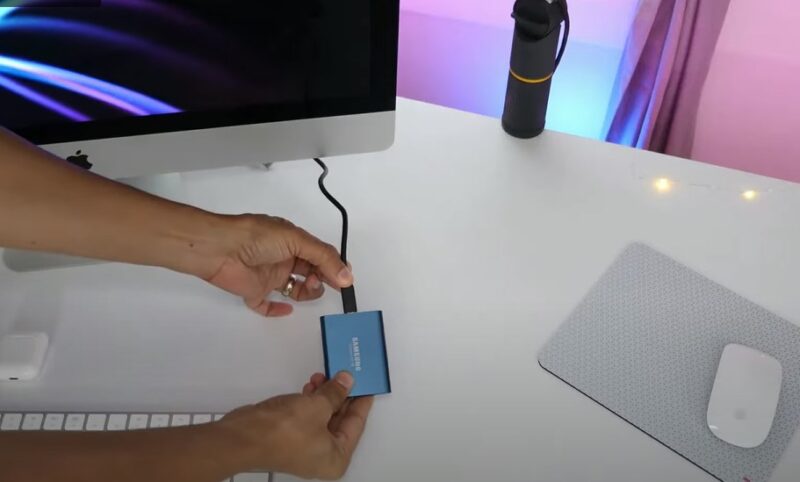
External SSDs are portable storage devices that connect to your computer or laptop via USB, Thunderbolt, or other interfaces. They offer a flexible and convenient solution for expanding your storage capacity without having to replace or upgrade your internal SSD.
- Easy to Install: External SSDs require minimal setup and can be easily connected or disconnected from your device as needed.
- Portability: They are compact and lightweight, making them easy to transport and use across multiple devices.
- Expandability: By using an external Solid State Drive, you can expand your storage capacity as needed without having to replace your internal SSD.
- Slower Speeds: External SSDs can be slower than internal SSDs, as their performance is limited by the speed of the interface they use (e.g., USB or Thunderbolt).
- Additional Expense: Purchasing an external SSD can be an extra cost on top of your existing internal storage.
Final Words
It’s clear that both of these SSDs have their own merits and are designed to cater to different user needs. The 256GB SSD is a fantastic choice for those on a tighter budget or for users who don’t require much storage, like light computer users or folks who primarily rely on cloud storage.
On the other hand, the 512GB SSD offers more breathing room for storing larger files, games, and applications, making it a go-to option for power users, professionals, and gamers who demand higher performance. Although it comes at a higher price point, the extra storage can be a worthwhile investment for those who need it.
Ultimately, the choice boils down to your specific requirements, budget, and how you plan to use your device. Both options provide a significant upgrade from traditional HDDs, due to faster boot times, quicker data transfers, and an overall snappier computing experience.


